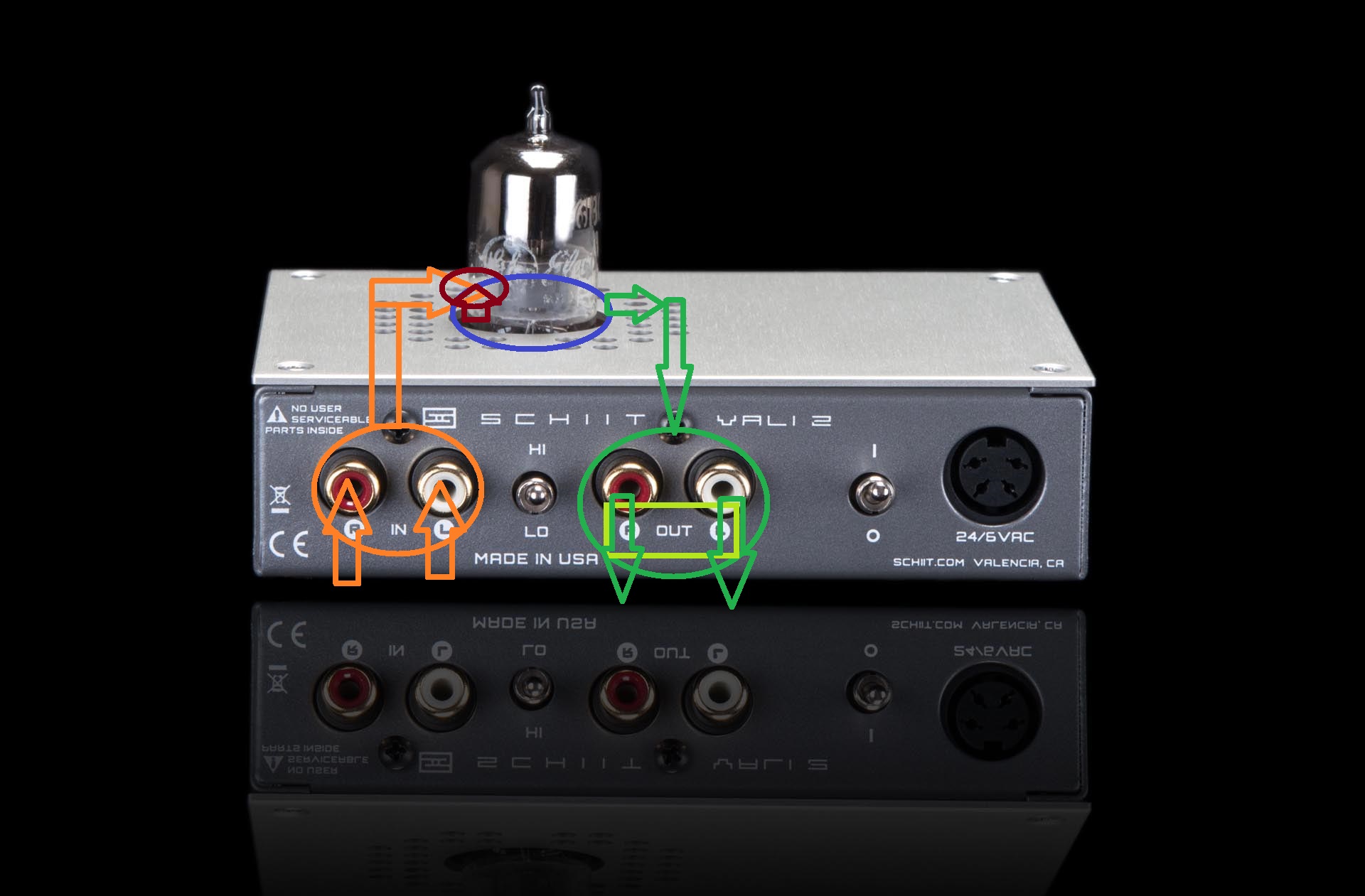ProtegeManiac
Headphoneus Supremus
The SYS can be switched at the push of a button. I'd say that's easier.
I'm more into "less boxes on the desk."
What I meant was that the active speakers have amps inside them, and adding a headphone amp (and a tube one at that) is likely going to audibly color the sound compared to using a passive preamp. The point is that we're comparing electronics to no electronics, and obviously the latter is going to be more accurate in sending along the signal the DAC outputs. (Even if it's not always more audibly accurate.) I noticed a significant coloration in the sound when using the amps in DAC/amps with my speakers as opposed to using them in DAC only mode via the SYS.
Well that's not "double amplification," just that an active circuit can colour the sound more than a passive circuit.




